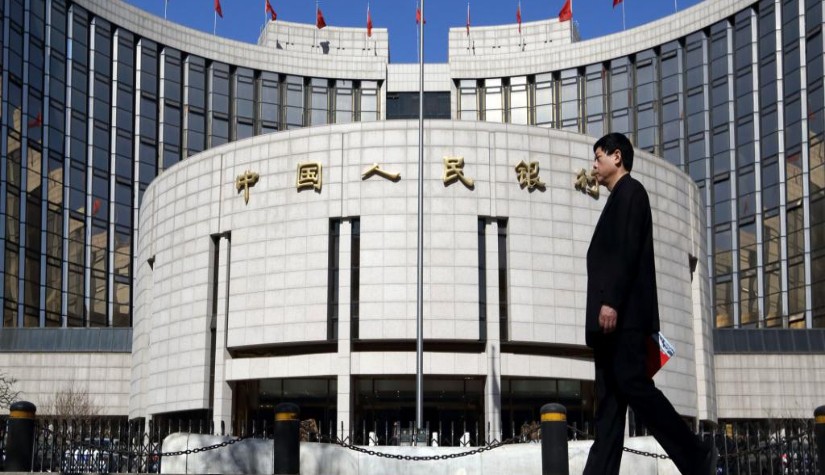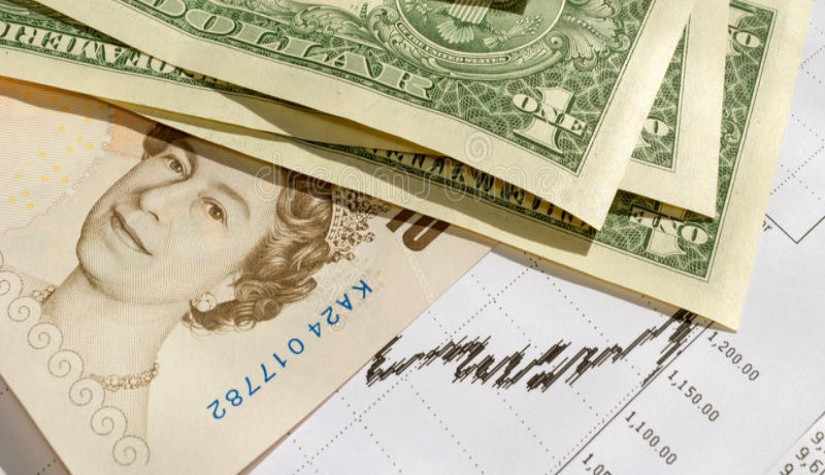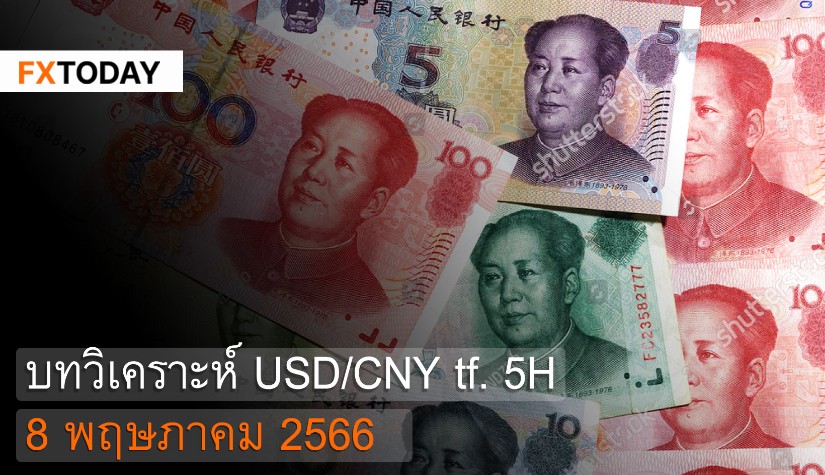USD/CAD Rally Stretches Toward Multi-Year Highs as Policy Divergence Widens
Economic conditions across North America are deteriorating as President Donald Trump’s escalating tariff measures send ripples through trade, business confidence, and financial markets. In both Canada and the United States, signs of stress are multiplying—raising fears of a potential recession and stoking inflation concerns.
In Canada, the economic outlook has dimmed significantly. Prime Minister Mark Carney has warned that the deepening U.S. trade conflict is already impacting growth and financial stability. He has consulted with Bank of Canada Governor Tiff Macklem and Finance Minister Francois-Philippe Champagne to coordinate potential responses.
The Bank of Canada’s latest Business Outlook Survey highlights a sharp drop in confidence, particularly among exporters. Roughly one-third of surveyed businesses now expect a domestic recession within the next year. Many firms are delaying investment and hiring due to uncertainty, while inflation expectations are rising as companies brace for higher input costs from tariffs. The bank’s key business sentiment index has now reversed its previous gains.
Trade data released for February paints a worrying picture. Canada unexpectedly swung into a trade deficit as businesses rushed to front-load inventories ahead of tariff hikes. While trade volumes remain historically high, exports—especially in energy and autos—fell sharply. The impact of “front-loading” is fading, while imports, particularly from the U.S., continue to climb.
Canada’s labor market has also started to feel the strain. In March, employment fell by 33,000—the first monthly decline in over three years—with losses concentrated in full-time roles and trade-sensitive sectors such as retail, wholesale, and construction. The manufacturing sector continues to contract, with the PMI falling to its lowest since December 2023, and the services sector has weakened notably, with business activity and new orders dropping to levels last seen in the early months of the COVID-19 crisis.
With uncertainty rising, Ontario has unveiled an $11 billion relief package to support workers and businesses, including tax deferrals and rebates. The initiative aims to cushion the impact of tariffs, sustain employment, and stabilize the economy. Meanwhile, the Bank of Canada is under growing pressure to act, with markets now pricing in a strong likelihood of an interest rate cut at its next meeting.
The U.S. economy is also under increasing pressure from Trump’s aggressive trade measures. Recent tariff hikes—ranging from 10% to as high as 50% on certain imports—could push the effective tariff rate up by nearly 19%, according to Citi analysts. These tariffs, layered on top of prior trade actions, are fueling inflation and dampening business activity.
Inflation expectations have risen sharply. The PCE price index is forecast to hit 3.5% by year-end, with the core CPI likely even higher. However, uncertainty over whether these tariffs represent a permanent policy shift or a negotiating tactic continues to cloud the outlook.
Meanwhile, business sentiment is deteriorating. The National Federation of Independent Business reports that small-business confidence has fallen for three straight months, with sharp declines in sales expectations and hiring plans—even before the steep April 2 tariff escalation. Fed officials have taken note, with Chicago Fed President Austan Goolsbee calling the tariffs a “negative supply shock” and San Francisco Fed President Mary Daly urging caution amid murky economic signals. Financial markets are increasingly betting on multiple rate cuts this year to offset slowing growth.
Morgan Stanley has significantly downgraded its U.S. GDP forecasts—now projecting just 0.8% growth in 2025 and 0.7% in 2026. They cite sharply rising inflation, weakening business investment, and a likely uptick in unemployment to 4.9%. Even if tariffs are eventually eased, the damage to business momentum may already be locked in.
Meanwhile, bond markets are flashing red. Though yields have generally fallen since Trump took office, the term premium—a measure of long-term risk—is rising. This signals growing investor anxiety over institutional stability, political unpredictability, and soaring U.S. debt levels.
Concerns about the U.S.’s role as a global safe haven are deepening. Experts warn that Trump’s confrontational governance style—marked by expansive executive power, disregard for judicial independence, and a volatile foreign policy—may be eroding trust in U.S. institutions. Countries like Japan, Germany, and Singapore are reportedly reassessing their exposure to U.S. assets. Some analysts believe this shift could raise the long-term cost of capital for both the government and the private sector. Credit rating agencies are monitoring these trends closely, especially signs of weakening rule of law, which is crucial to U.S. creditworthiness.
With USD/CAD surging to 1.4212, the pair is now trading near levels not seen since the oil price collapse of 2016. This upward momentum reflects a widening policy divergence: while the Federal Reserve is seen holding rates higher for longer due to persistent inflation pressures, the Bank of Canada is facing increasing pressure to cut rates amid weakening growth. If bullish momentum continues, USD/CAD could target resistance at 1.4350 and potentially 1.46 in the coming weeks. However, any dovish pivot by the Fed or stabilization in Canadian data could trigger sharp pullbacks toward 1.40.
Data for Technical Analysis (1H) CFD USD/CAD
Resistance : 1.4237, 1.4245, 1.4258
Support : 1.4211, 1.4203, 1.4190
1H Outlook
Source: TradingView
Buy/Long 1 If the support at the price range 1.4191 - 1.4211 is touched, but the support at 1.4211 cannot be broken, the TP may be set around 1.4237 and the SL around 1.4181, or up to the risk appetite.
Buy/Long 2 If the resistance can be broken at the price range of 1.4237 - 1.4257, TP may be set around 1.4273 and SL around 1.4201, or up to the risk appetite.
Sell/Short 1 If the resistance at the price range 1.4237 - 1.4257 is touched, but the resistance 1.4237 cannot be broken, the TP may be set around 1.4202 and the SL around 1.4267, or up to the risk appetite.
Sell/Short 2 If the support can be broken at the price range of 1.4191 - 1.4211, TP may be set around 1.4166 and SL around 1.4247, or up to the risk appetite.
Pivot Points Apr 9, 2025 02:25AM GMT
|
Name
|
S3
|
S2
|
S1
|
Pivot Points
|
R1
|
R2
|
R3
|
|---|---|---|---|---|---|---|---|
| Classic | 1.4168 | 1.419 | 1.4202 | 1.4224 | 1.4236 | 1.4258 | 1.427 |
| Fibonacci | 1.419 | 1.4203 | 1.4211 | 1.4224 | 1.4237 | 1.4245 | 1.4258 |
| Camarilla | 1.4206 | 1.4209 | 1.4212 | 1.4224 | 1.4218 | 1.4221 | 1.4224 |
| Woodie's | 1.4164 | 1.4188 | 1.4198 | 1.4222 | 1.4232 | 1.4256 | 1.4266 |
| DeMark's | - | - | 1.4196 | 1.4221 | 1.423 | - | - |
Sources: Investing 1, Investing 2
















